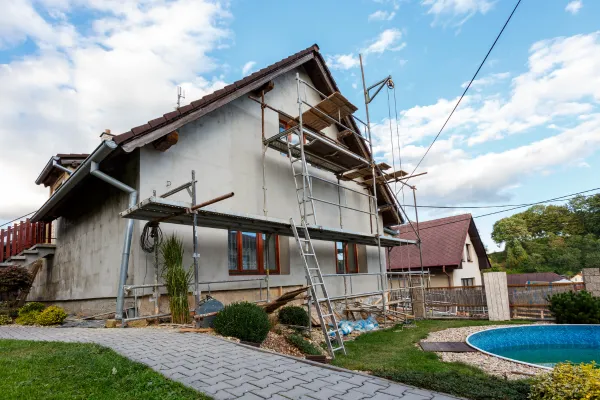
What Are the First Things You Should Fix Up in a New House? A Smart Guide to Prioritizing Repairs and Renovations
Buying a new home is exciting—it’s a fresh start, a major investment, and a space you get to make truly your own. But after the paperwork is signed and the keys are in hand, the reality sets in: what needs fixing first?
Whether you bought a move-in-ready property or a charming fixer-upper, prioritizing the right repairs and renovations early on can save you time, money, and major headaches down the road. Here’s how to think strategically and avoid the trap of focusing on cosmetic upgrades before addressing essential fixes.
1. Safety First: Electrical, Plumbing & Structural Issues
Before anything else, make sure the bones of the home are safe and sound. Look for red flags such as:
Outdated or faulty wiring
Plumbing leaks or water pressure problems
Foundation cracks or sagging floors
Roof damage or missing shingles
These aren’t the most glamorous fixes, but they are absolutely essential. Hire a professional inspector if you haven’t already—then use their report as a blueprint for urgent repairs. Addressing safety and structural issues first ensures your home is not only livable but also insurable.
2. HVAC and Insulation: Comfort is Key
Once safety is covered, your next priority should be comfort and energy efficiency. A new HVAC system or updated insulation may not be visible, but they’ll make a huge difference in your day-to-day living—and your utility bills.
Check:
Furnace and AC functionality
Ductwork condition
Window and door insulation
Attic and wall insulation levels
Investing here can also increase the value of your home, which is especially important if you plan to sell in the future.
3. Kitchen and Bathrooms: High-Impact Updates
If your home is structurally sound and comfortable, it’s time to look at the areas that offer the best return on investment: the kitchen and bathrooms. These are the most used—and often most outdated—rooms in the house.
You don’t have to gut everything on day one. Even small updates like:
New cabinet hardware
Updated lighting
Fresh caulking
Painting cabinetry
Replacing dated faucets
...can go a long way in improving appearance and function. Prioritize functionality first, then design upgrades later.
4. Flooring and Paint: Quick Wins with Big Visual Impact
After handling core systems and essential rooms, you can turn your attention to finishes. Fresh paint and new flooring are among the easiest ways to make a space feel brand new.
If you're moving in soon, get these done before your furniture arrives—it’s faster and much less messy. Choose timeless colors and durable materials that will last. Don’t be afraid to start with just one or two rooms if your budget is limited.
5. Curb Appeal: First Impressions Matter
Once the inside is handled, step outside. The front of your home is what everyone—neighbors, guests, even potential buyers—sees first. Focus on affordable curb appeal improvements like:
Landscaping cleanup
New house numbers or mailbox
Power washing the exterior
Painting the front door
These small changes make a big visual impact and help establish pride of ownership.
Plan, Prioritize, and Don’t Rush
It’s tempting to want your new house to look perfect right away. But remember—renovations are a marathon, not a sprint. Prioritize safety, comfort, and value first. Tackle cosmetic upgrades gradually. And always build in a little extra budget for the unexpected (because it will happen!).
By planning wisely, your new house will become your dream home—one smart step at a time.
